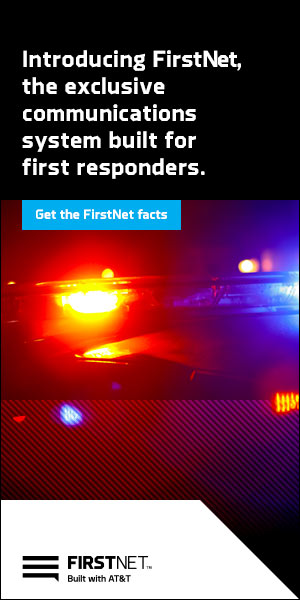Read Full Article | View Source
Kevin Pagenkop, ENP

For those with a medical background, one of the first acronyms learned is “PPE.” Whether gloves, a gown, or eye protection, Personal Protective Equipment is vital for responders and clinicians to reduce their exposure to pathogens and potential hazards. The use of PPE is one of the primary steps taught, and evaluated, during initial certification training assessments as well as all continuing education. It is built so strongly into the culture of EMS that the use of PPE becomes routine and second nature. As emergency dispatchers, what should be built into our culture with the hope that it becomes second nature?
Think back to when you were first hired. The training was probably a blur of industry jargon; geography; CAD, radio, and phone training; as well a phonebook-sized stack of procedures and policies that had to be committed to memory. At some point, you were told that you would receive feedback on your performance through quality assurance (QA) case review and that you were required to accrue continuing dispatch education (CDE) hours. After enduring your marathon of training, where did the topics of QA and CDE get prioritized in your daily responsibilities? Sadly, QA is often dreaded, and CDE is only thought of as our certifications get ready to expire.
The value of continuing education is that it is continuing. Athletes aren’t going to stay in shape or build muscle if they only go to the gym once every two years. Would you want paramedics providing treatment to you or a family member if their only efforts to develop their skills were the bare minimum requirements to remain employed? As certified emergency dispatchers, don’t we too need to value the importance of improving our skills and increasing our ability to provide higher quality service—to both our responders as well as the public? Expecting someone else to provide this for us is not the most effective means of mastering the responsibilities of our job.
We need to change our culture, from day one during initial training, to highlight the value and importance of self-improvement. Personal development. Proactive training. Proactive Personal Education. The emergency dispatcher’s “PPE.”
If only the bare minimum of CDE is completed, are we prepared to take the call from the mother with an unresponsive baby, the caller trapped in her house that is on fire, or the person reporting that he is in imminent danger of being assaulted? If our understanding of QI tells us it’s the supervisor’s job to prompt us to review QA, or that it is our trainer’s job to direct us to review emergency protocols, then we’re learning by trial and error—and often on live calls. This creates needless stress and frustration as we stumble our way through high-acuity and high-emotion calls. At our worst, this increases the probability for poor incident outcomes and potential litigation. The emergency dispatcher’s version of PPE protects telecommunicators from potential hazards and dispatch danger zones by preparing us, ahead of time, to competently and confidently handle difficult or infrequent calls (like the PAI, ECHO, and CID cases referenced above).
Take the initiative to improve your skills. Take an active role in your own development. Be proactive. Here are some ways to develop your own PPE.

Proactive Personal Education can reduce stress, compassion fatigue, and fear as we focus on building our abilities and confidence—continually—like athletes building their bodies one gym visit at a time. Just like an EMT shouldn’t need to be told to put on gloves at the scene, emergency telecommunicators should apply their PPE, routinely, as a daily component of learning, growing, and mastering their role in providing emergency service.


